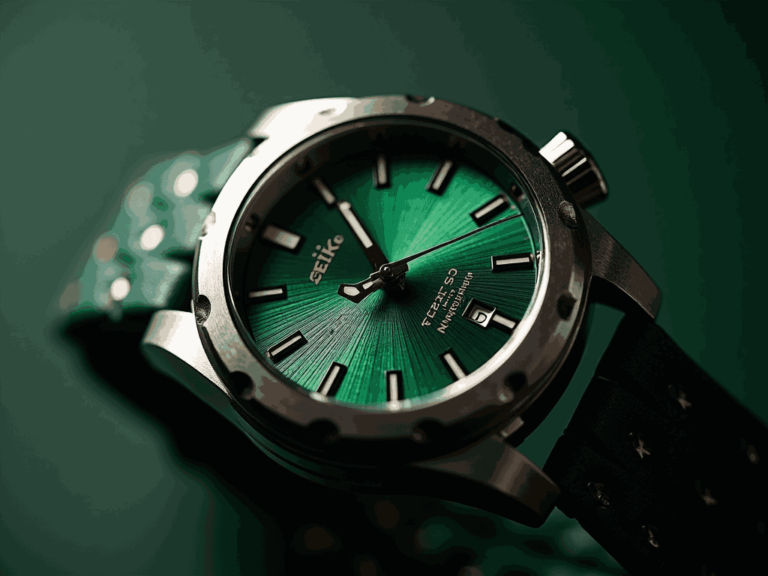Pernod Ricard, the global spirits giant, is reportedly exploring the sale of its popular Imperial Blue whisky brand in India. This strategic move is part of the company’s broader plan to shift its focus towards more premium and upscale spirits brands. Here’s a detailed look at the reasons behind this decision and its implications for the company and the market.
Table of Contents
Background of Imperial Blue
Imperial Blue, launched in India in 1997, is one of the world’s best-selling whiskies. It is a blend of Indian grain spirits and imported Scotch malts, known for its exceptional smoothness. Since becoming part of Pernod Ricard in 2002, Imperial Blue has seen significant growth, making it the group’s largest brand by volume.
Reasons for the Sale
The decision to sell Imperial Blue is driven by Pernod Ricard’s desire to concentrate on its more premium whisky brands. Brands like Chivas Regal, Glenlivet, and Jameson are seen as key to the company’s future growth strategy. According to reports, Goldman Sachs has been enlisted to seek out potential buyers for the brand, with the sale potentially valued at approximately Rs50 billion ($595.4 million).
Focus on Premium Brands
Pernod Ricard’s shift towards premium brands aligns with the growing demand for “premium plus western-style spirits” in India. The Indian market has emerged as one of the company’s most prosperous, driven by robust GDP growth, favorable macroeconomic conditions, and a growing affluent and middle-class segment. CEO Alexandre Ricard highlighted that 25 million individuals reach the legal drinking age each year in India, contributing to the rising demand for premium spirits.
Performance in India
India has become Pernod Ricard’s second-largest market in terms of net sales, with the company reporting a 6% year-on-year increase in net sales in the Indian market. Although this growth fell slightly short of consensus forecasts, it was still a significant achievement. The Seagram whisky brands, including Royal Stag and Blender’s Pride, contributed to a 5% increase in the sales of Pernod’s strategic local brands.
Broader Market Context
The growth in India helped mitigate a more significant 10% decline in net sales from China. The broader Asia region, excluding China, reported 3% organic growth and a 4% decline in reported sales, totaling €5 billion ($5.5 billion) for the year. Despite these challenges, Pernod Ricard remains committed to achieving its medium-term growth objectives, which include reaching organic net sales growth in the upper range of 4% to 7% and improving its organic operating margin by 50 to 60 basis points.
Market Dynamics and Challenges
The decision to sell Imperial Blue also reflects the company’s response to market dynamics and challenges. India, while a growing market, has lower margins compared to China, which poses a challenge in achieving the desired growth objectives. Barclays analysts noted that due to India’s lower margin, it would be less capable of alleviating the challenges currently faced in the Chinese market.
Global Strategy and Acquisitions
Pernod Ricard’s strategy to focus on premium brands is not limited to India. The company has been on an acquisition spree globally, targeting craft and premium liquor brands. Recent acquisitions include Castle Brands, Italian gin brand Malfy, and a majority stake in Rabbit Hole bourbon. These moves are part of the company’s effort to expand its reach in the whiskey category and respond to pressure from activist investors like Elliott Management Corp..
Implications and Future Outlook
The sale of Imperial Blue marks a significant shift in Pernod Ricard’s strategy, emphasizing the importance of premium brands in driving future growth. This move is expected to help the company align better with consumer trends, particularly in emerging markets like India. As the company continues to navigate global market challenges, its focus on premium spirits is likely to be a key factor in its success.
Consumer Trends and Market Demand
The demand for premium spirits is on the rise globally, driven by consumer preferences for higher-quality products. In India, this trend is particularly pronounced, with consumers increasingly opting for premium and international brands. By focusing on these brands, Pernod Ricard is positioning itself to capitalize on this growing demand and maintain its competitive edge in the market.
Conclusion
Pernod Ricard’s decision to sell Imperial Blue and focus on premium spirits brands is a strategic move that reflects the company’s commitment to growth and market alignment. As the spirits industry continues to evolve, this shift is likely to be a key factor in Pernod Ricard’s ability to maintain its position as a leading global spirits company.
With its robust portfolio of premium brands and a strong presence in emerging markets, Pernod Ricard is well-positioned to navigate the challenges and opportunities of the global spirits market. The sale of Imperial Blue is just the beginning of this new chapter in the company’s journey, one that promises to be marked by innovation, growth, and a continued commitment to excellence.





